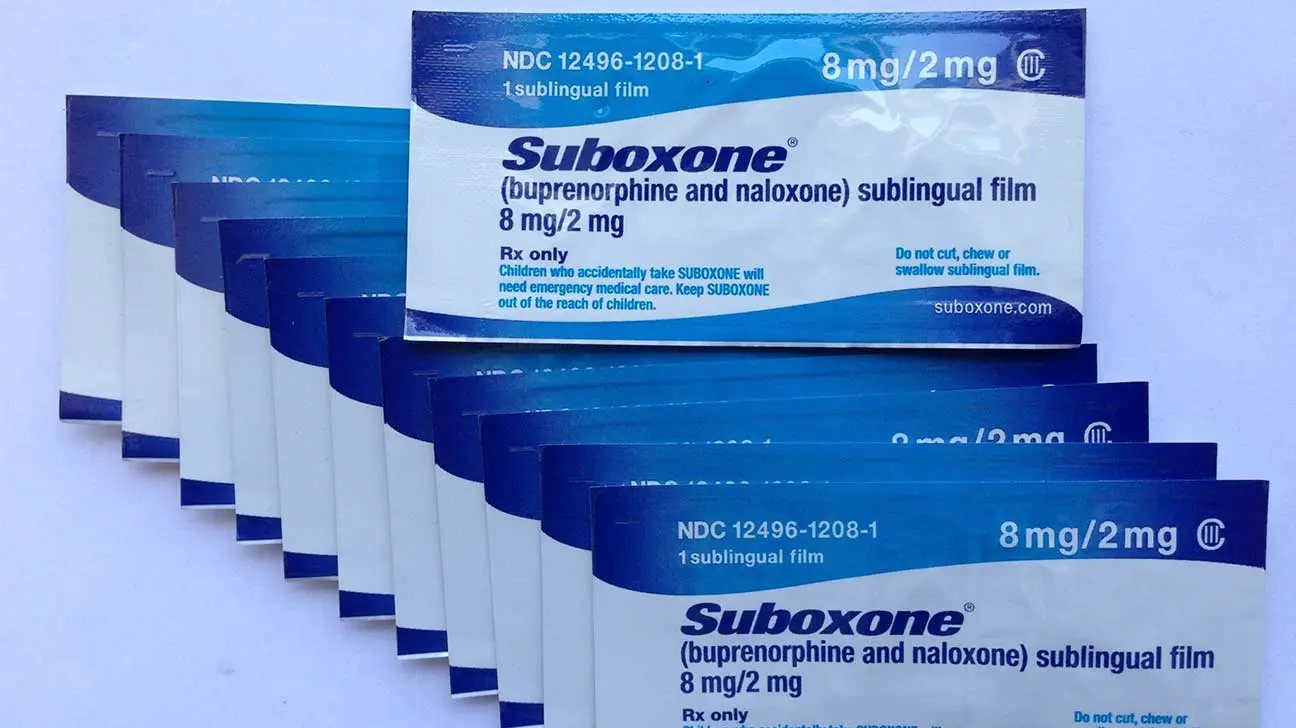
Opioid abuse and addiction affects the lives of millions of people in the United States each year. One of the most effective treatments for opioid use disorder is medication-assisted treatment.
Medication-assisted treatment, or MAT, is a type of treatment that integrates behavioral therapy with certain medications proven to reduce the discomfort of withdrawal and improve recovery outcomes.
Methadone and Suboxone (buprenorphine) are the two most commonly used medications within this type of treatment program. During treatment, individuals may express a desire to switch from taking methadone to Suboxone.
Making the switch from methadone maintenance therapy to Suboxone-based treatment is possible. Here, you can find information about how to make the switch, risks and benefits of switching to Suboxone, and how to find Suboxone treatment options near you.
Why Switch To Suboxone?
Methadone and Suboxone are both used to treat opioid addiction. But this doesn’t mean they’re the same.
Methadone is a synthetic opioid drug. Like other opioids, it can be difficult to detox from. Unlike opioids such as heroin or oxycodone, methadone can reduce opioid cravings during treatment and lessen the severity of opioid withdrawal.
Suboxone contains the active ingredients buprenorphine and naloxone. It is chemically different from methadone. Suboxone can for many be the preferred treatment for opioid addiction, in part because it does not produce euphoric effects or some other displeasing side effects of methadone.
Reasons someone might wish to switch to Suboxone:
- to lessen or get rid of side effects from methadone
- to feel less medicated
- to avoid daily clinic visits and wait times
- difficulty accessing methadone clinics (e.g long commute, clinic closures)
There can be both good faith and bad faith motivations for wanting to switch to Suboxone. Before making this transition, you’ll need to discuss this change of treatment with your doctor, who can assess your motivations for the switch and help you make an informed decision.
Making The Transition To Suboxone
Switching from methadone to Suboxone is not a risk-free or necessarily quick process.
Before making this switch, a doctor may assess the following factors:
- motivations for wanting to switch
- if you are currently stable on methadone
- pregnancy status
- potential risks of switching to Suboxone
- cost-effectiveness
You cannot stop taking methadone all at once and immediately switch to Suboxone. This can cause moderate to severe withdrawal. Switching to Suboxone requires a tapering process, by which a doctor gradually reduces your dose of methadone over time.
The amount of time it takes to complete your transition from methadone to Suboxone can vary. For some, it may take a few days. For those who are on higher doses of methadone, however, this process may take up to a couple of weeks.
Once you’ve reached a safe, low dose of methadone, you’ll need to stop taking it for at least 72 hours before beginning Suboxone.
Does Switching To Suboxone Come With Risks?
Switching to Suboxone from methadone during the course of treatment for opioid addiction can carry some risks. Your risk for experiencing adverse effects from this transition will be assessed by a doctor prior to switching medications.
Common risks assessed by doctors include:
- disruption to the stability of a person’s treatment
- methadone withdrawal symptoms
- motivations for wanting to switch
- risk for relapse
Many people can successfully make the switch from methadone to Suboxone with positive outcomes. Staying on methadone may be advised for people who are pregnant, or if your doctor believes there is a high risk for relapse or severe side effects.
Benefits Of Switching To Suboxone
Within the context of an outpatient treatment program, Suboxone is not a medication that needs to be administered in a clinic, unlike methadone. Methadone maintenance programs are highly monitored.
Switching to Suboxone means you don’t have to visit a clinic every day to receive your treatment. Instead, you can receive a prescription that you can fill and take in the comfort of your own home.
Benefits of switching to Suboxone for opioid addiction can include:
- less travel
- avoiding stigma associated with methadone clinics
- reduced side effects
- greater freedom
- lower risk of overdose
- lower risk of heart problems
- less severe withdrawal
The potential medical and personal benefits of switching to Suboxone can be best discussed with your doctor, who can provide recommendations for treatment based on your medical history, treatment progress, and other personal factors.
Finding The Right Medication-Assisted Treatment Plan For You
If you’re looking to find Suboxone therapy near you, one of our addiction specialists at AddictionResource.net may be able to help.
Call our helpline today to learn more about Suboxone therapy and how to find Suboxone treatment options near you.
Addiction Resource aims to provide only the most current, accurate information in regards to addiction and addiction treatment, which means we only reference the most credible sources available.
These include peer-reviewed journals, government entities and academic institutions, and leaders in addiction healthcare and advocacy. Learn more about how we safeguard our content by viewing our editorial policy.
- Providers Clinical Support System: MAT—PSCSS Guide: Transfer from Methadone to Suboxone
https://pcssnow.org/wp-content/uploads/2014/03/PCSS-MATGuidanceTransferMethadonetoBup.Casadonte.pdf


